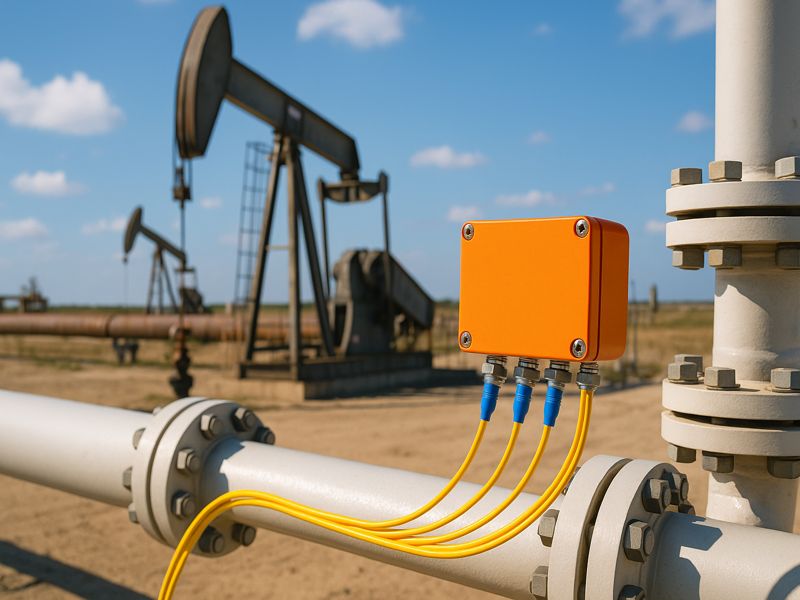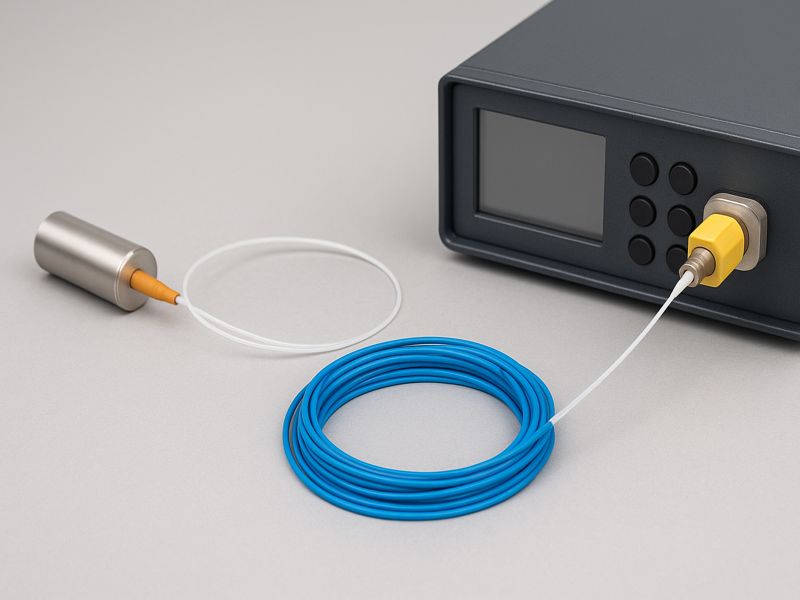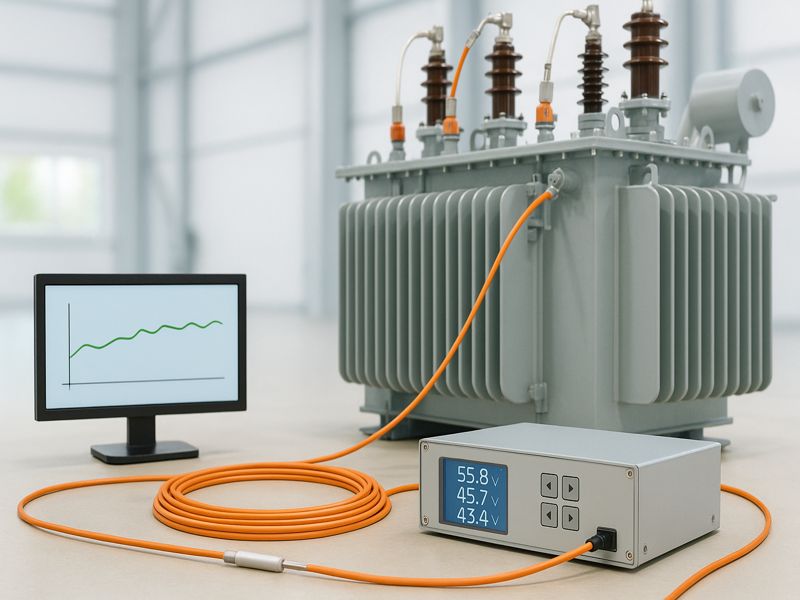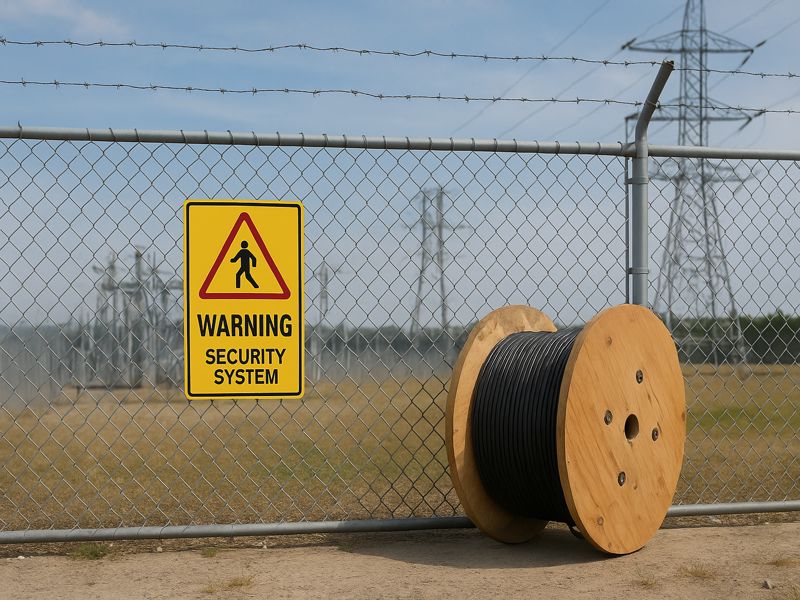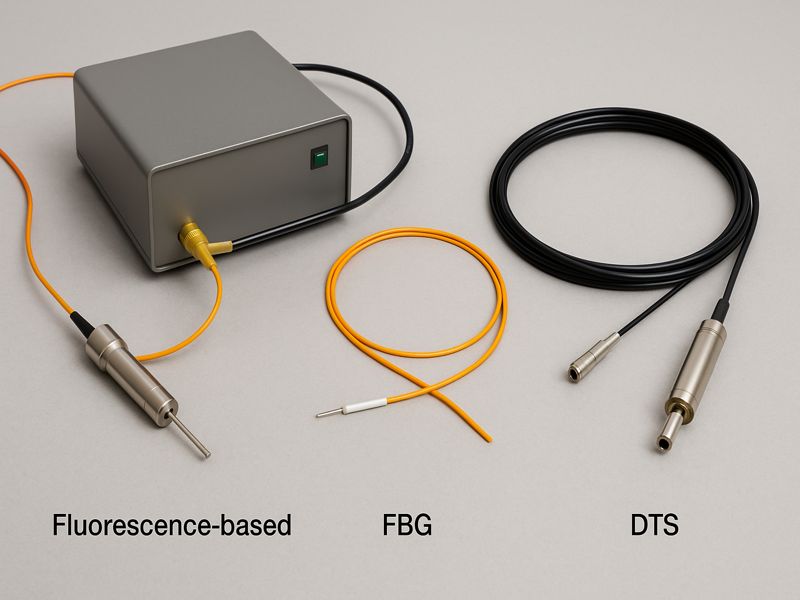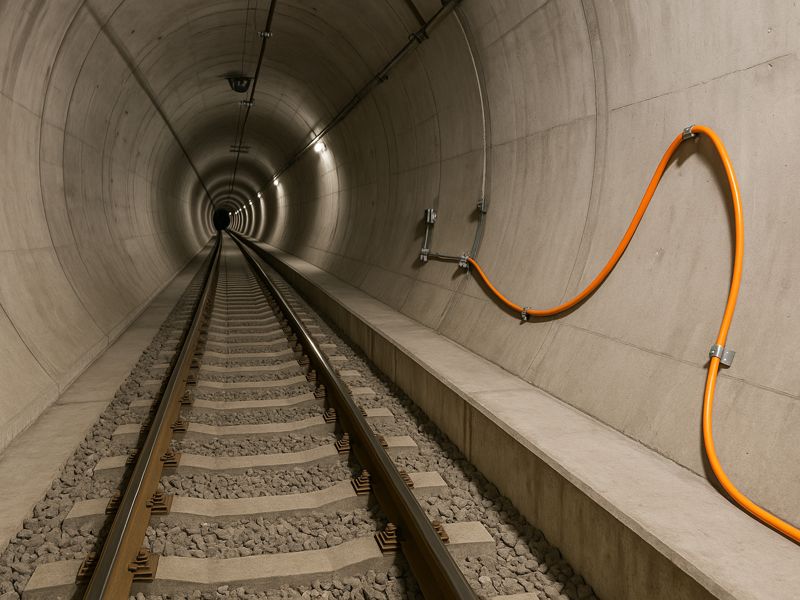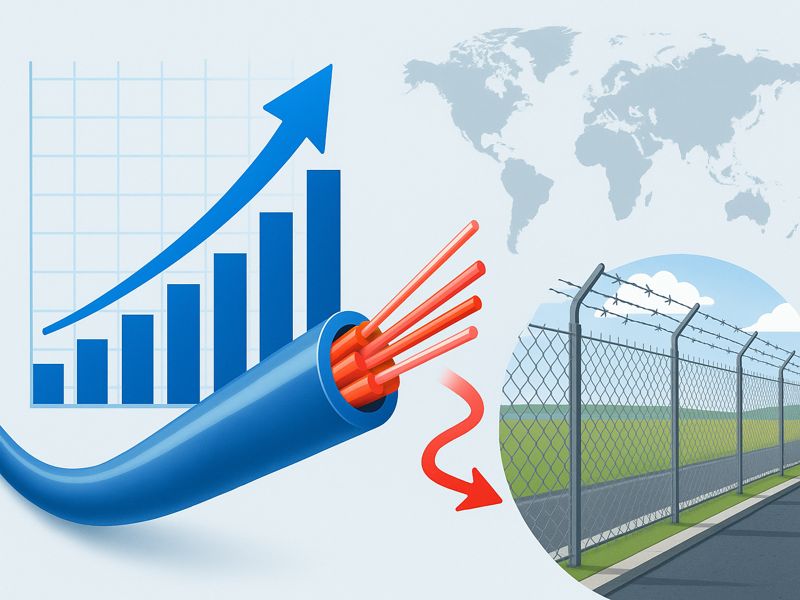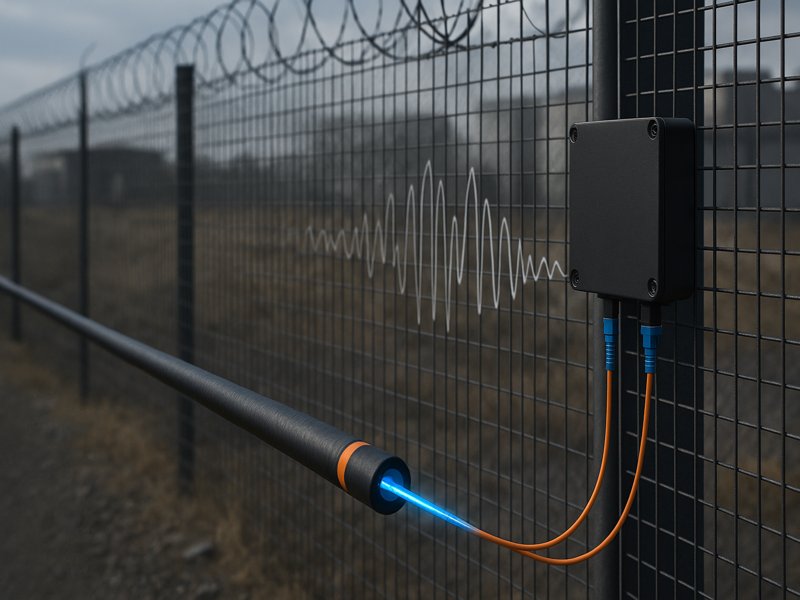Fiber Optic Temperature Sensor in the Oil & Gas Industry: From Downhole to Pipeline Monitoring
Temperature critically impacts safety, efficiency, and reliability in oil and gas operations. Conventional sensors like thermocouples and RTDs struggle under extreme heat, pressure, and EMI, prompting a shift toward fiber optic temperature sensors (FOTS). Using light instead of electricity, FOTS delivers real-time, interference-free, and long-distance monitoring across wells, pipelines, refineries, and storage sites—revolutionizing thermal management throughout the industry. The Need for Advanced Temperature Monitoring in Oil & Gas In oil and gas operations, temperature serves as an indicator of system integrity and performance. Deviations from expected temperature profiles can reveal early signs of equipment malfunction, leaks, or process inefficiencies. Challenges Faced by Traditional Sensors Harsh environments: Downhole wells and pipelines experience pressures exceeding 10,000 psi and temperatures above 200°C. Electromagnetic interference: Electrical sensors can produce inaccurate readings in the presence of strong EMI from motors or power lines. Accessibility: Physical inspection and replacement of sensors in deep wells or long pipelines are costly and time-consuming. Safety concerns: Electric-based systems pose ignition risks in explosive environments. In contrast, fiber optic systems overcome these challenges by offering distributed, passive, and intrinsically safe sensing over tens of kilometers — making them indispensable for modern oilfield monitoring. Principles of Fiber Optic Temperature Sensing Fiber optic temperature sensors rely on light propagation within optical fibers. When temperature changes, it affects the light’s properties — such as intensity, wavelength, or phase — enabling precise temperature detection. Important Technologies Fiber Bragg Grating (FBG) Sensors: Certain light wavelengths that change in response to strain or temperature are reflected by these sensors. They are suitable for point-based measurements with very high accuracy. Raman Scattering (Distributed Temperature Sensing, DTS): DTS systems analyze backscattered light caused by Raman scattering. Temperature data is continuously transmitted through the fiber by comparing anti-Stokes and Stokes scattering signal ratios. Brillouin Scattering Sensors: Used for both temperature and strain sensing, offering longer range (up to 100 km) and higher precision for pipeline and structural health monitoring. Comparison of Fiber Optic Temperature Sensing Technologies Technology Measurement Type Range Accuracy Key Applications Fiber Bragg Grating (FBG) Point-based Up to 10 km ±0.1°C Downhole, wellhead, tanks Raman DTS Distributed Up to 50 km ±1°C Pipelines, refineries Brillouin DTS Distributed (Temp & Strain) Up to 100 km ±0.5°C Long pipelines, structural monitoring Advantages of Fiber Optic Temperature Sensors in Oil & Gas The oil and gas sector requires monitoring systems that can endure high pressure, temperature, vibration, and chemical exposure while providing reliable data for automation and safety. Principal Benefits EMI Immunity: Fiber optics is not affected by electromagnetic interference since they use light rather than electrical signals. High Accuracy Over Long Distances: Capable of continuous monitoring over tens of kilometers with minimal signal loss. Intrinsic Safety: Non-electrical operation eliminates ignition risk in hazardous areas. Durability: Able to withstand high heat, pressure, and corrosion. Real-time Data: Enables continuous monitoring and early fault detection. Traditional vs. Fiber Optic Temperature Sensors Parameter Traditional (RTD/Thermocouple) Fiber Optic Sensor Signal Type Electrical Optical Range < 1 km Up to 100 km EMI Resistance Low High Accuracy ±1–2°C ±0.1–0.5°C Maintenance High Low Intrinsic Safety No Yes These advantages make fiber optic sensors ideal for upstream (drilling and production), midstream (transport), and downstream (refining and storage) operations. Downhole Temperature Monitoring Applications Downhole temperature monitoring plays a critical role in optimizing production, ensuring well integrity, and improving recovery efficiency. Typical Use Cases Steam Injection & Thermal Recovery: Monitoring the temperature profile along the wellbore during steam-assisted gravity drainage (SAGD) helps operators ensure even heat distribution. Hydraulic Fracturing: Real-time temperature mapping detects fluid movement, fracture propagation, and potential leaks. Zonal Isolation: Identifies leaks in packers and flow barriers that can compromise well performance. Pipeline Monitoring Applications Temperature variations along pipelines often indicate abnormal flow, leaks, or insulation failures. Fiber optic sensors provide continuous monitoring across entire pipeline lengths, enabling faster detection and response. Applications Leak Detection: Sudden drops in temperature indicate escaping fluids in liquid pipelines. Flow Monitoring: Detecting temperature gradients reveals flow distribution and potential blockages. Subsea Pipelines: Fiber optics withstands the extreme pressures and long distances of subsea environments. Pipeline Monitoring Methods Compared Monitoring Method Coverage Response Time Sensitivity Maintenance Cost Electrical Sensors Localized Slow Moderate High Acoustic Sensors Localized Fast Moderate High Fiber Optic DTS Continuous (Up to 100 km) Instant High Low Storage and Refining Applications Fiber optic temperature sensors also play a significant role in downstream operations, particularly in refineries, LNG plants, and large storage tanks. Applications Tank Temperature Profiling: Detects stratification and ensures uniform thermal conditions for stored hydrocarbons or LNG. Process Optimization: Real-time temperature tracking enhances control of distillation, cracking, and reforming processes. Safety Monitoring: Detects overheating, ensuring compliance with safety standards and preventing fire or explosion risks. In LNG terminals, fiber optic sensing can monitor both temperature and strain in cryogenic conditions, ensuring pipeline and tank integrity during repeated thermal cycles. Integration with SCADA and Digital Oilfield Systems The true power of fiber optic sensing is realized when integrated into modern Supervisory Control and Data Acquisition (SCADA) systems and digital oilfield architectures. Integration Benefits Real-Time Analytics: Enables operators to visualize continuous temperature profiles and automatically trigger alarms. Predictive Maintenance: Machine learning models can identify deviations from normal patterns, predicting failures before they occur. IoT Compatibility: Fiber sensors act as part of a connected ecosystem, feeding data to edge devices and cloud-based dashboards. For instance, integrating DTS data with acoustic (DAS) and pressure sensors in a unified SCADA dashboard allows for multi-parameter diagnostics, improving accuracy in fault localization and operational decision-making. Installation and Maintenance Considerations Although fiber optic systems offer superior performance, successful deployment requires careful design and execution. Installation Factors Cable Design: Must withstand mechanical stress, temperature extremes, and chemical corrosion. Connection Points: Proper termination and splicing ensure minimal signal loss. System Calibration: Regular calibration maintains accuracy over long-term operation. Maintenance and Cost Considerations Lower Long-Term Costs: Despite higher initial investment, FOTS reduces downtime and maintenance frequency. Data Management: High-resolution distributed data requires efficient data storage and analysis infrastructure. Reliability: With no moving parts and high durability, FOTS systems
